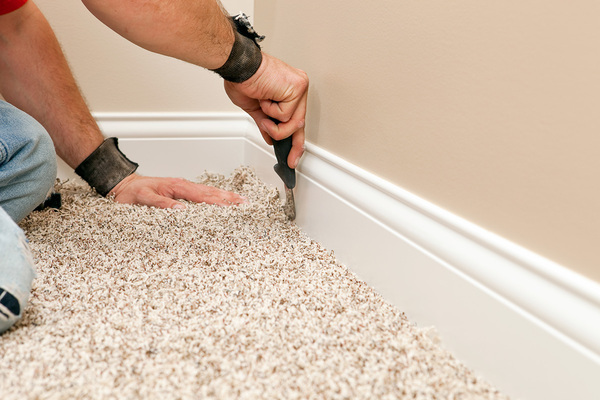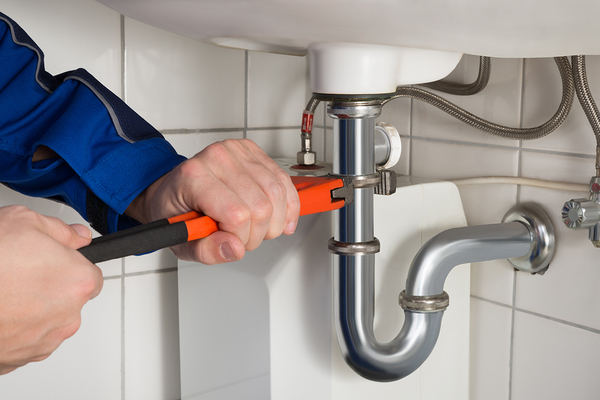You are viewing 1 of your 1 free articles
Welsh social landlords urged to provide flooring in new lets as research reveals impact on tenants
Welsh social landlords are being urged to provide flooring when letting accommodation as new research reveals issues including a lack of warmth, breathing problems and depression.
A study carried out by Tpas Cymru and housing charity Tai Pawb found that the majority of social landlords in Wales do not fit flooring or carpets beyond the non-slip flooring legally required in bathrooms and kitchens before handing homes over to tenants.
Of the 41 social landlords that responded to a survey, 80% said they do not fit flooring or carpets to new lets as standard practice.
Less than 10% said they offer flooring to tenants who cannot afford it, while 29% said they remove carpets or flooring from void properties as a matter of course.
Meanwhile, a survey of 57 tenants revealed that 48% do not have flooring such as carpets or laminate throughout their house. Of those without flooring, 85% said this is because it is not affordable.
Impacts of not having suitable flooring include safety issues, which 31% of those without flooring highlighted as an issue, and warmth issues, which 28% said is a problem.
Sound was highlighted as an issue by 26% of those without flooring, while 15% said they had experienced breathing difficulties.
The report made 10 recommendations for social landlords and the Welsh government, including using community funds to provide grants to tenants and reviewing the Welsh Housing Quality Standard to include appropriate flooring.
It also called for a new national void standard be introduced to provide tenants with the choice of keeping the previous carpet or floor in a property.
Elizabeth Taylor, engagement and policy officer at Tpas Cymru, said: “Social housing aims to provide safe and affordable homes for people on low incomes, yet standard practice is to hand over homes with concrete floors and problematic floorboards.
“This often leads to people on low income being driven to take out high interest loans to cover the costs on something as basic as flooring – something that most of us take for granted.
“Why are we pushing the most vulnerable people and families into poverty the moment their tenancy begins and then wondering why they are in rent arrears?
“The housing sector is in a unique position to make a real difference to people’s lives through persisting with the vision that social housing is a way of tackling inequality. When we provide homes with no flooring, I believe we are abandoning that vision.”
Alicja Zalesinska, director at Tai Pawb, said: “Most of us will take for granted the provision of flooring or carpets but for many tenants in social housing in Wales, that isn’t the case. The report highlights some of the key issues tenants face, including an impact on the warmth of the property, their sense of safety and mental health.
“It’s also clear that a lack of flooring has a greater impact on those from a low income background or with existing health conditions that can be exacerbated, such as asthma.
“We were encouraged by the overwhelmingly positive response from social landlords who were keen to tackle this issue. This report provides a clear pathway, through its recommendations, for providers to work together with key partners to help put provision in place in order that tenants can feel safe, secure and warm in their accommodation.”
Sign up for our daily newsletter
Already have an account? Click here to manage your newsletters













